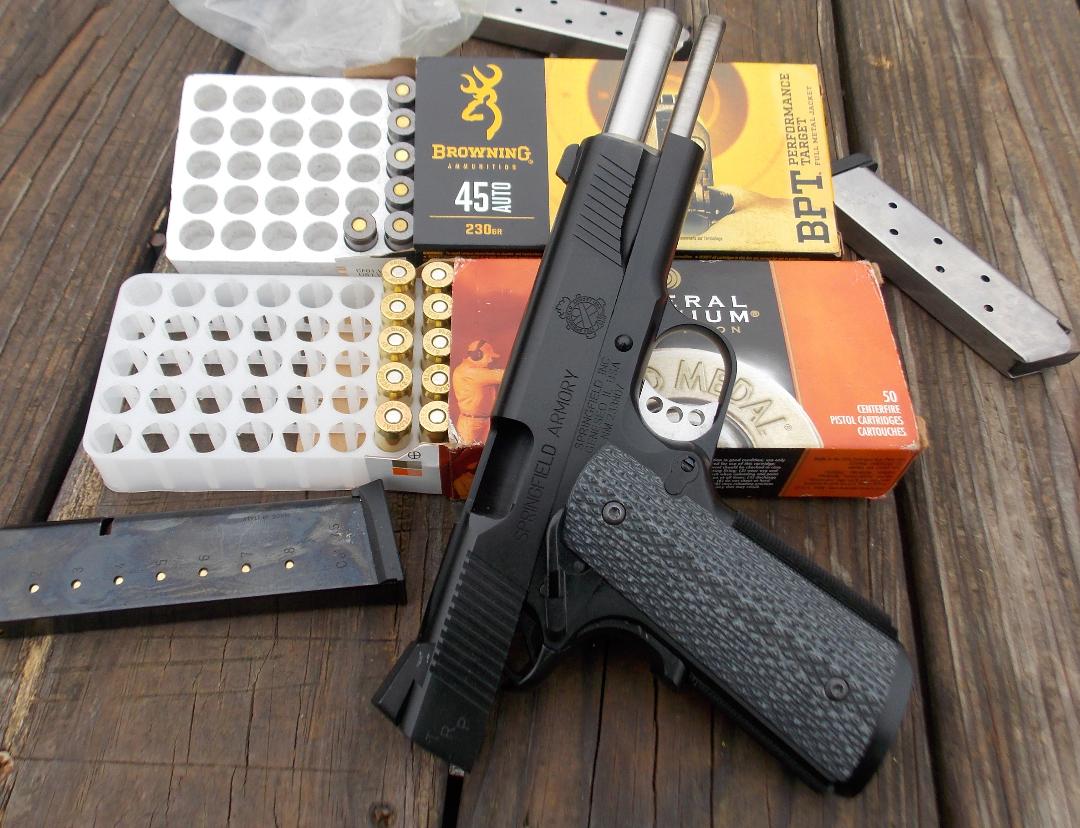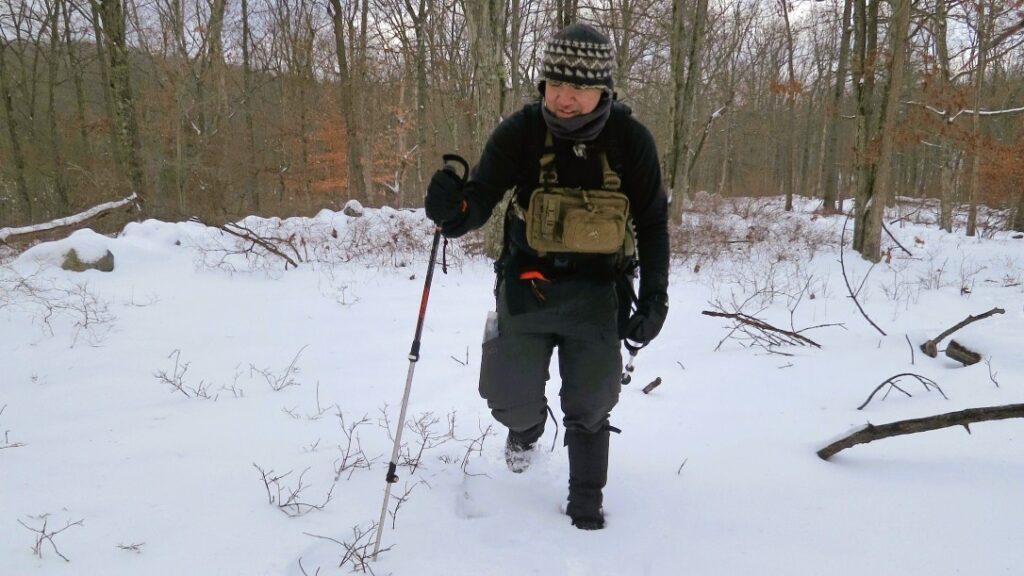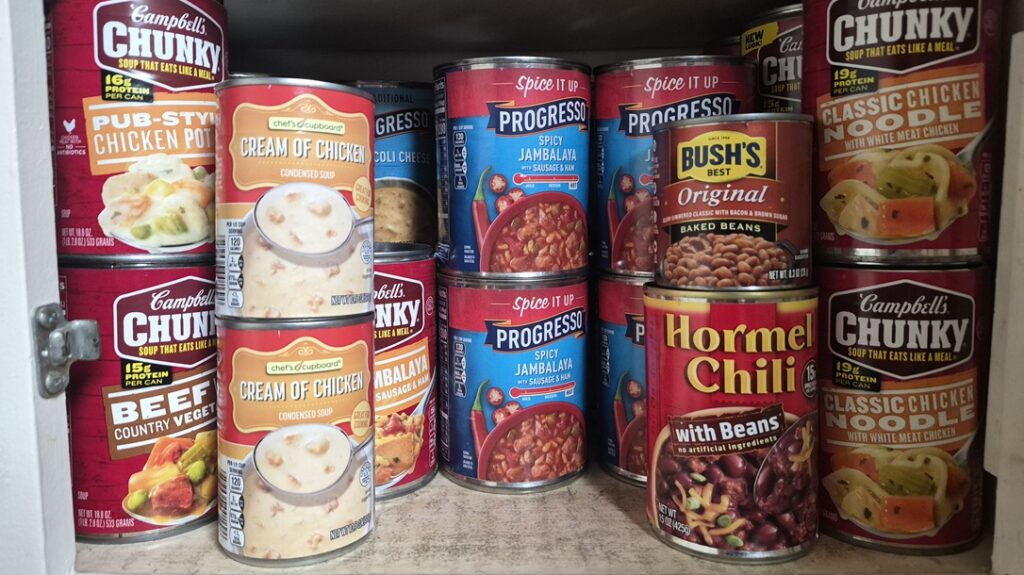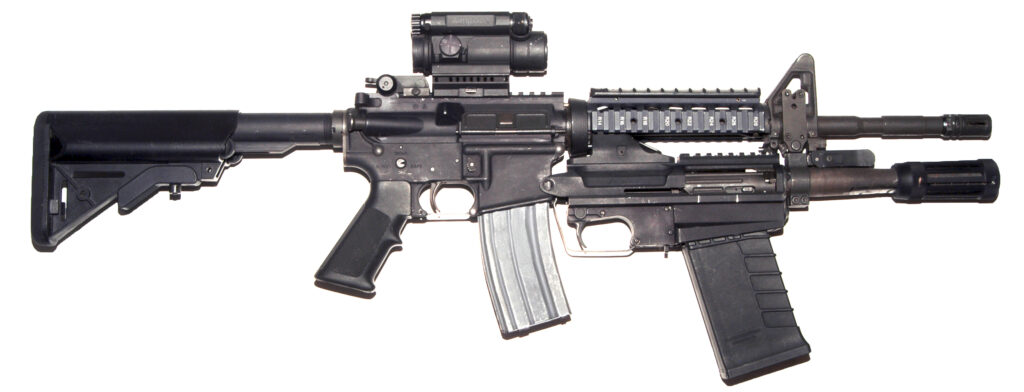When the Colt 1911 was introduced it was a high quality handgun with excellent quality of manufacture and reliability. Today a race to the bottom has resulted in a market filled with cheap 1911 handguns. Few are service grade. Many are unreliable roughly finished and of questionable manufacture. The 1911 is a desirable handgun with good features. The trigger offers a straight to the rear compression, affording both good control and accuracy potential. The slide sets low in the hand, resulting in a low bore axis. There is little leverage for the muzzle to rise in recoil. The grip fits most hands well. The fit of the 1911 compared to handguns with an oversized double column magazine is barely comparable, the 1911 fits most hands so well. The 1911’s controls are a marvel of human engineering. The slide lock safety, magazine release and slide lock are all within easy reach of the average to short finger size. The slide lock safety offers cocked and locked, hammer to the rear carry. When the safety is disengaged we have a smooth straight to the rear trigger press. The grip safety must be depressed to allow the trigger to drop the hammer. While the safety features of the type are impressive, there is nothing to impede a brilliantly fast and accurate first shot.
The 1911 is relatively flat, allowing good concealment in a proper holster. A great advantage of the 1911 is the big bore cartridge. The .45 ACP operates at low pressure, resulting in long firearms life. Accuracy potential is high. The .45 ACP often demonstrates a full powder burn. Muzzle signature is muted, with perhaps a few sparks in service loadings. There have been complex formulas contrived to attempt to demonstrate that small bore cartridges have parity with the .45 caliber in wound ballistics. Historical verdicts and common sense prevailed and today professionals realize that such claims are absurd. The .45 is the superior service cartridge for well trained individuals. In my youth the only 1911s available were Colts and poorly made Spanish ironmongery. Today there are a number of makers producing high quality 1911 handguns. The first real competitor to Colt came when Springfield Armory introduced their GI pistol. The 1911 A1 proved to be well made of good material. Just the same, Springfield gradually increased quality and also introduced new models with features demanded by the buying public. Speed safeties, high visibility sights and ambidextrous safety levers were among these improvements. Many shooters are familiar with the Springfield Loaded Model, a pistol that incorporates a combination of features that makes the Loaded Model among the best buys in modern 1911 handguns. There is little to be desired with the Loaded Model. The limiting factor is the skill of the user.

Advertisement — Continue Reading Below
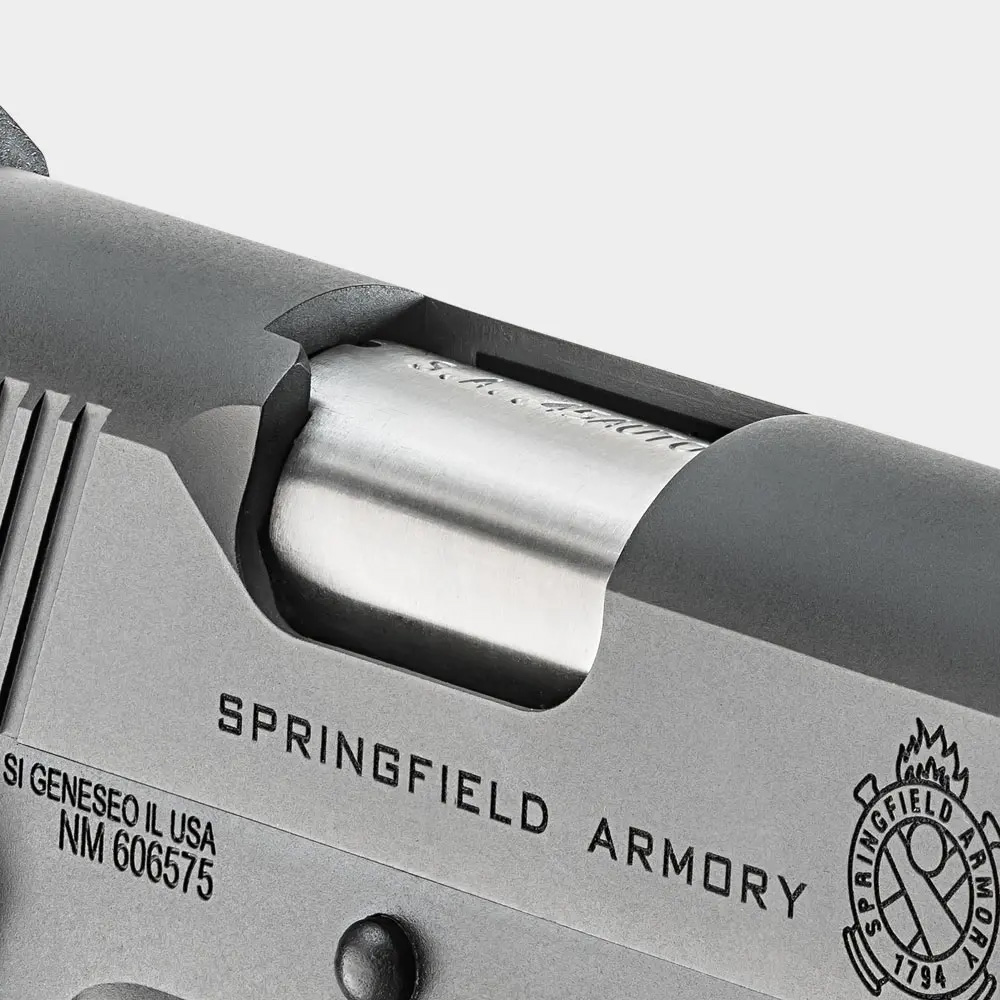
A few years ago Springfield engaged in a rigorous competition. The FBI was choosing a modern, reliable and accurate 1911 type handgun for issue to the Federal Bureau of Investigation Special Weapons and Tactics (SWAT) team, the Hostage Rescue Team (HRT) and SWAT trained officers. The end product was the winning Springfield Professional. This handgun finished a grueling 20,000 round test without a single malfunction while maintaining a 1.25 inch average for five shot groups at 25 yards. The Springfield Professional is beyond question the most proven of all modern 1911 handguns. The pistol is offered commercially as the Professional Model. A combination of features including a match grade Nowlin barrel and superb handfit make the Professional a very desirable handgun.
Today, with the hunger for 1911s seemingly insatiable, sales of the Professional are good but limited by production methods and the price of the Professional. A considerable amount of hand fitting goes into the pistol. They simply cannot be built any other way. For those like myself who desire a good 1911 and have a strong belief in the type, the wait and expense are reasonable. Just the same after waiting thirty six months and spending over two thousand dollars for the Professional handgun, a good solid custom shop handgun such as the Tactical Response Pistol is attractive. The TRP is a top grade 1911 but just a notch or two downscale from the Professional. The TRP is much closer to the Professional than the Loaded Model in fit, feel and performance. You cannot upgrade the Loaded Model to TRP status. The handfitting accomplished in the custom shop simply cannot be done without a great deal of custom work and would be more expensive by far than the factory TRP. Springfield Armory TRP handguns feature Novak sights with tritium inserts. The slide features a lowered, scalloped ejection port and forward cocking serrations. The pistol features a very tight lock up. The beavertail safety is well designed, serving to funnel the hand into the grip and accenting the already low bore axis. The ambidextrous safety strongly resembles the classic Armand Swenson design. The pistol combines considerable flair with practical utility.
Advertisement — Continue Reading Below
Trigger compression is set at a smooth five pounds. The magazine funnel is the classic Smith and Alexander. The magazine funnel is a considerable aid in rapid magazine changes. While we may not be called upon to reload under fire very often, the magazine chute makes for much more positive administrative handling in all conditions. The front strap is checkered in a custom grade 20 LPI. This is raspier than the more common 30 LPI and may demand gloves for long practice sessions. The 1911 man’s attention is arrested by such features. This is a far different handgun than the 1911s I handled as an inquisitive teenager. Today, no other handgun suits me as well as the 1911. My passion are stubborn but sound.

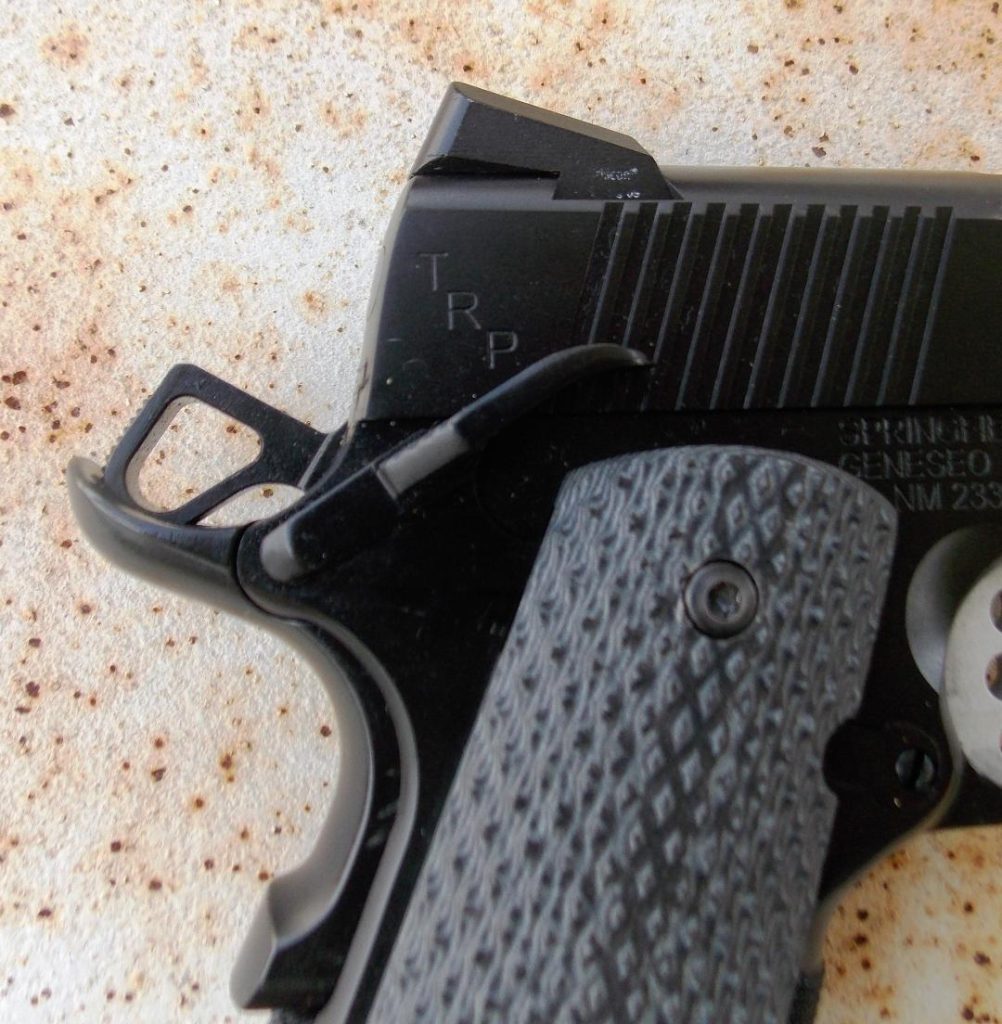
Advertisement — Continue Reading Below
Despite a permanent stamp of enthusiasm for the 1911 I demand much from each new handgun. An appraisal of the TRP shows that the pistol is so tight that some effort is required to rack the slide. Such attention to fit is necessary for the level of repeatable accuracy demanded of the TRP. Good fit also results in less eccentric wear and less slop, the reason a high end pistol such as the TRP has a predicted long life. I began the firing test by lubricating the long bearing surfaces of the pistol. I have fired and carried this pistol often and a refresher was in order for this report. When new each of the TRP pistols in the safe required a modest break in one hundred rounds or so of 230 grain hardball ammunition. A failure to fully go into battery requiring a shove was all that was needed. A friend’s TRP came out of the box running. Todd’s initials are TRP which he never fails to point out, a bonus for him in pride of ownership.
Initial accuracy work showed the pistol capable of two inch five shot groups or less at 25 yards with 230 grain hardball. The Springfield TRP is equally at home in fast shooting, accurate shooting off hand or from the barricade position. The TRP sets well in the hand, offering excellent balance. While the forward gripstrap checkering is appropriately raspy at no time was the grip uncomfortable. If I were attending a training class that demanded 1,000 rounds be fired in a compressed time frame I would opt for shooting gloves. The G 10 grips are cut away to allow rapid magazine button manipulation.
The TRP cannot be faulted on attention to detail. As I experienced good results with the point of aim and point of impact relationship, I built up excellent confidence in the possibility of long range hits with the pistol. The TRP pistol embraces theory hammered out on the anvil of experience. This is a handgun that demands the most from the operator and delivers the goods in return.
Advertisement — Continue Reading Below
Accuracy and velocity testing
Chrono testing with Competetion Electronics Chrono 10 feet from muzzle
Accuracy from a solid bench rest firing position at 25 yards, using the MTM Caseguard K Zone firing two five shot groups
Advertisement — Continue Reading Below
- Black Hills 230 grain FMJ: 840 fp, 2.4 inch group
- Black Hills 230 grain JHP: 866 fps, 1.9 inch group
- Fiocchi 200 grain XTP: 970 fp, 1.9 inch group
- Hornady 185 grain Critical Defense: 990 fps, 2.1 inc group
